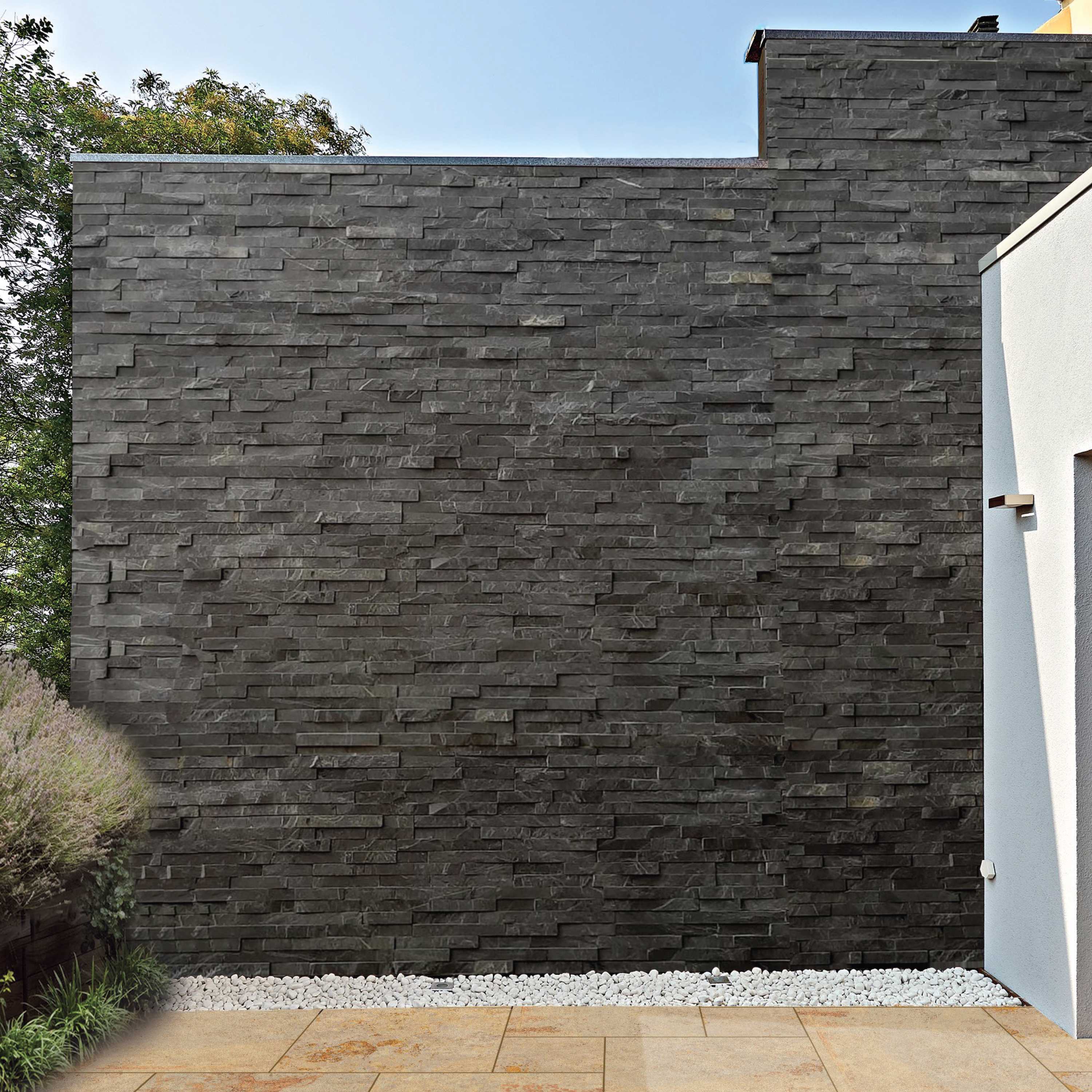Permeable Paving: Everything You Need to Know
Apr 13, 2023
When you choose paving materials for your patio or backyard, permeable pavers are the one that tops the list. This is because this type of paving allows water to penetrate easily.
When you consider the paving material for your outdoor space, you need to consider a proper drainage system. You need to make sure the paving material you choose should be porous or allow water to run off. So, if you want your backyard surface to allow water to flow off and at the same time look good, go for a permeable paving solution.
Not just penetrating water, permeable pavers do a lot more than you think. So, if you want to know more about it, consider reading this article. Below you will find everything about permeable paving, its benefits and how it is different from regular paving.
What is Permeable Paving?
Permeable paving is a type of paving material that has a porous surface and allows water to pass through them easily. This paving can be made from any material be it concrete, brick, asphalt slabs, cobblestones, or open pore pavers. The primary reason for creating the outdoor space with this type of paving is to fill the gaps between the pavers with sand. However, there are different types of paving grouts available to fill the gaps between the paving slabs.
This type of paving is used on paths, roads, parking lots, driveways, cycle paths, emergency access lanes, residential sidewalks, and road and airport shoulders.
How is Permeable Paving Different From Regular Paving?
As already mentioned, permeable pavers allow water to penetrate between them and enter into the base under the paver. They are created with drainage in mind and thus have wider joints than non-permeable pavers. They have a base of 6-8” of ¾” open aggregate. These pavers direct water back into the earth, preventing rainwater from pooling and creating waste or toxic water.
On the other hand, non-permeable pavers are made of a mixture of sand and concrete and are poured into a mold. These pavers also allow water to penetrate through the joints and into the soil, but not as permeable pavers.
However, if you are looking to install natural stone, concrete, or porcelain pavers around your pool or for your driveway, permeable pavers are the ideal solution for you.
Benefits of Permeable Paving
Below you will find some of the benefits of permeable paving.
Environmentally Friendly Solution
Permeable paving can assist lessen concerns with subsidence and is an environmentally friendly choice because it helps to prevent flooding problems in your neighbourhood. Rainfall seeps into the ground little or not at all when there is non-permeable paving.
Due to soil shrinkage, especially if the soil is mostly composed of clay, buildings, garden walls, and garden walkways may all experience significant cracking.
Reduces the Risk of Slipping
In cold weather, standing water on pavement can freeze into ice, making it extremely slippery and hazardous to walk on. Since there is no standing water due to the water seeping through the pavement, the risk of slick surfaces is decreased.
Many natural stone pavers, especially when combined with a permeable jointing compound, should help prevent water pooling. But if you’ve chosen something like outdoor porcelain, it is fully impermeable and may be susceptible to these kinds of problems.
Helps the Trees Too
Urban trees may receive the root space they require to reach their full size from permeable pavements. When structural aggregate and soil are combined to form a “structural-soil” pavement base, the rooting zone is given access to water and air via a porous surface.
With the live tree canopy above, the city’s traffic on the ground, and the living tree roots below, this blends a healthy environment and a thriving metropolis.
The advantages of permeable pavement on urban tree growth have not been convincingly proven, and several investigations have found that using building techniques that compact materials before installing permeable pavements do not improve tree growth.
Reduces Heat Effect
Greater water retention is made possible by permeable pavements in urban settings, where the heat island effect puts residents at higher risk of experiencing high temperatures. Permeable paving, like green roofs, preserves water in the neighbourhood micro-ecosystem, which lowers temperatures compared to non-permeable paving.
However, you need to learn how to lay paving slabs so they can be installed properly and function properly.
Conclusion
So, this was all about permeable paving. Hope you now have a good understanding of permeable pavers, their benefits, and how they are different from non-permeable pavers.
Frequently Asked Questions
Below you will find the frequently asked questions to help you get a better understanding of permeable paving.
Q1. What is the problem with permeable paving?
When you talk about installing permeable paving, you may find it a bit more expensive than non-permeable pavers. Apart from this, permeable pavers cannot hold a load of heavy vehicles for long periods.
Q2. Is permeable block paving any good?
Permeable block paving is the ideal solution to prevent puddles and slippages as it allows water to soak into the paving blocks.
Q3. Are permeable pavers more expensive?
Due to their installation process, permeable pavers are on the expensive side. The extra base prep labour and material make the cost higher.
Q4. Do weeds grow between permeable pavers?
If your permeable pavers are installed properly, there is no chance for weeds to grow between them.


